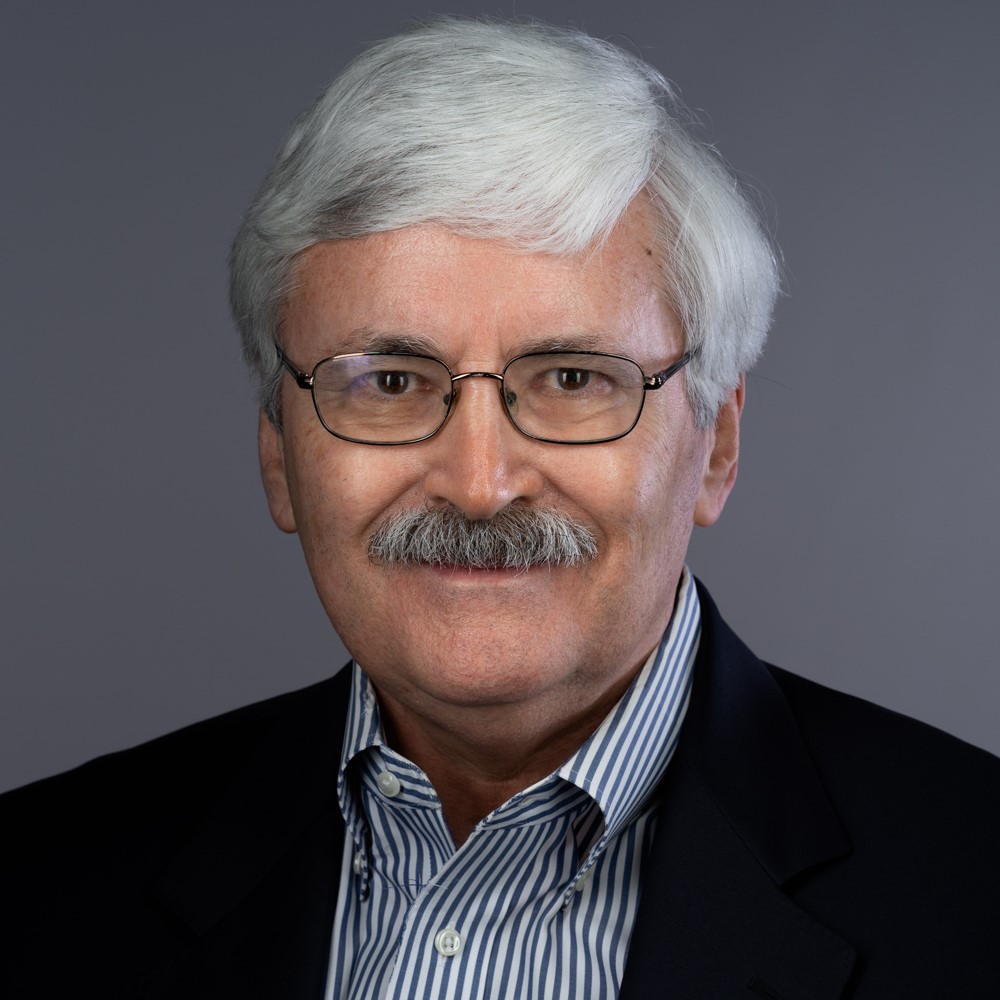Judicial task force will take deep look at legal ed, bar admissions

“It’s a big task with a short timeline,” says Chief Justice Gordon J. MacDonald of the New Hampshire Supreme Court. Image from Shutterstock.
A new group comprised of nine state supreme court chief justices and three state court administrators will make recommendations to state supreme courts regarding legal education, the bar admissions process and the declining numbers of attorneys dedicated to public-interest law.
The Committee on Legal Education and Admissions Reform will present its study including practical suggestions for reforms by mid-2025, the Conference of Chief Justices and the Conference of State Court Administrators announced Nov. 27.
A growing access-to-justice gap within the courts is driving the formation of this task force, Chief Justice Gordon J. MacDonald of the New Hampshire Supreme Court and committee chair told the ABA Journal.
“It’s a big task with a short timeline,” he says. “We are not meeting the needs of the people we serve.”
Three working groups will look at separate topics: What are the standards for minimum competency, what does “practice ready” mean, and why many law students abandon plans to go into public-interest law, says Danielle Hirsch, the managing director of the National Center for State Courts’ Court Consulting Division.
Each group aims to include members representing local and national affinity bar associations, law school deans, members of the National Conference of Bar Examiners and others, MacDonald says.
“We want to hear from all stakeholders and hold public fora,” MacDonald says.
The Committee on Legal Education and Admissions Reform will consider alternative processes to admissions to the bar, addressing concerns that some newly graduated lawyers are not practice ready.
“We’ll look at how we are educating them, what is minimum competence,” MacDonald says.
Since the COVID-19 pandemic forced the bar exam to go remote, more jurisdictions are considering alternatives. Recently, six jurisdictions have committed to using the NextGen bar exam, with some starting in 2026.
Some states are considering experiential education as a path to the bar. Earlier this month, the Oregon Supreme Court unanimously approved implementation of the Supervised Practice Portfolio Examination, requiring graduates to complete 675 hours of work under the supervision of an experienced attorney and create a portfolio of legal work to be evaluated by the Oregon State Board of Bar Examiners.
California, South Dakota and Delaware are also discussing alternatives, Hirsch says.
The ABA’s council of the Section of Legal Education and Admissions to the Bar voted to call for comments regarding Standard 304, covering experiential learning.
“It’s been a slow burn of discussions among courts on these topics and increasingly loud discussions in jurisdictions,” Hirsch adds. “We need to make sure these processes are meeting the needs of students but also the residents of the states.”
Additionally, the group will examine the drivers behind attorneys leaving public-interest law.
In New Hampshire, MacDonald adds, 90% of litigants are self-represented because of the lack of attorneys in public-interest law.
“We have to do something about it,” he says. “As regulators and as stewards of the profession, we have an obligation to take on access to justice for those serving the poor, those serving as public defenders, those serving as prosecutors, their inability to recruit and retain lawyers, very fundamental to our system.”
Ultimately, the group will not offer one-size-fits-all recommendations but will likely offer different options for model language and information about what types of bar alternative programs are scalable, Hirsch says.



